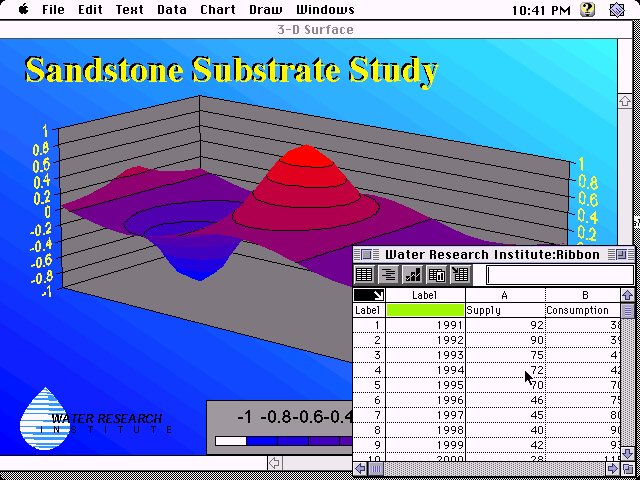

A positive enthalpy change means that the reaction is endothermic, as heat is absorbed by the system from the environment. You can deduce whether a reaction is endothermic or exothermic by observation of the enthalpy change. This change of enthalpy on both sides of the arrow of the chemical reaction is the enthalpy change. The transfer may be from the environment to the system, or from the system to the environment.Ĭhange of enthalpy in a chemical reaction is generally observed by observing the difference of enthalpy between products and reactants. The first law of thermodynamics suggests that energy can neither be created nor be destroyed, though it can be transferred.

We may refer to it as the overall flow of heat during a chemical reaction. We may also say that to get a better understanding of change of enthalpy.

To observe the enthalpy change of a specific reaction, the pressure is generally kept constant to understand the results better. So that also means that while dealing with calculations of change in enthalpy, make sure that you’re using Kilojoules per mole, also written as KJ/mole. So literally, we derive the meaning of ∆H as a change in enthalpy.ĭelta h or change in enthalpy is measured in kilojoules per mole according to the system of international units. Delta is symbolically represented by ∆and refers to “change”. In simpler words, we may elaborate delta h as the total change in the system’s heat before and after a chemical reaction. What is Delta H in Chemistryĭelta h in chemistry, also written as ∆H, refers to the change of enthalpy in a thermodynamic system caused by either absorption or emission of thermal energy. If we assume that the pressure is constant, which is generally kept constant for most of the reactions, we can also state that the enthalpy is equal to the heat transferred during the reaction. To be more precise, we may represent the above-quoted definition mathematically as: In a thermodynamic system, we may typically define enthalpy as the summation of E (internal energy) and the product of the V (volume) and P (pressure). In simple words, we may say that in exothermic reactions, heat energy is transferred from the system into the environment.įor example, the combustion of coal. In all such reactions, there is an apparent or negligible amount of decrease in the enthalpy of the thermodynamic system. Exothermic ReactionĪ chemical reaction is said to be exothermic if there is an emission of thermal energy or heat into the environment. In all such reactions, there is an apparent or negligible amount of increase in the enthalpy.įor example, photosynthesis and hydrolysis. Endothermic ReactionĪ chemical reaction is said to be endothermic if there is absorption of thermal energy or heat from the environment.
#DELTAGRAPH 6 HOW TO#
Learn what delta H is, along with a step-by-guide to how to find delta H in chemistry all the tips and major, profound concepts regarding enthalpy change (∆H).īefore starting over the main discussion, let’s have a brief overview of key terminologies related to this article. Note that the delta h in a chemical reaction is entirely independent of how a reaction took place no matter the route, the enthalpy change would be constant for a given chemical reaction. This change of thermal energy in the thermodynamic system is known as change of enthalpy or delta h written as ∆H in chemistry and calculated using the formula ∆H = cm∆T. This exchange may be either absorption of thermal energy from the atmosphere or emission of thermal energy into the atmosphere. A chemical reaction is generally accompanied by an exchange of heat energy with the environment.


 0 kommentar(er)
0 kommentar(er)
